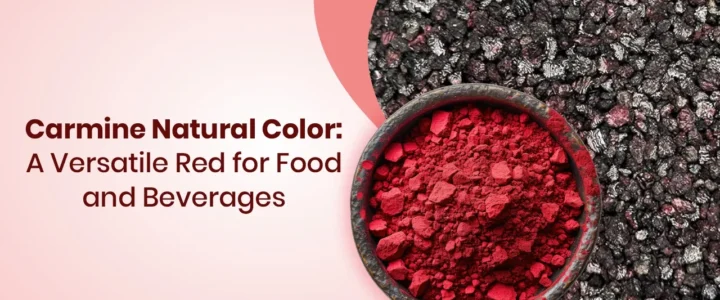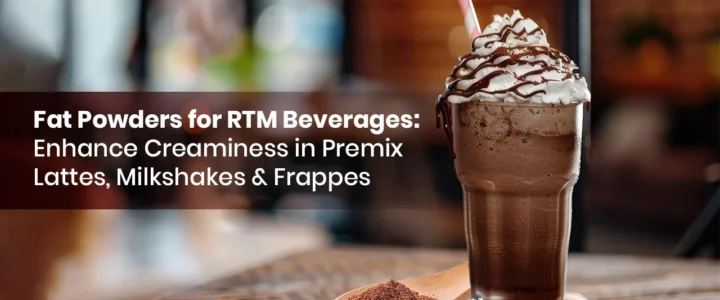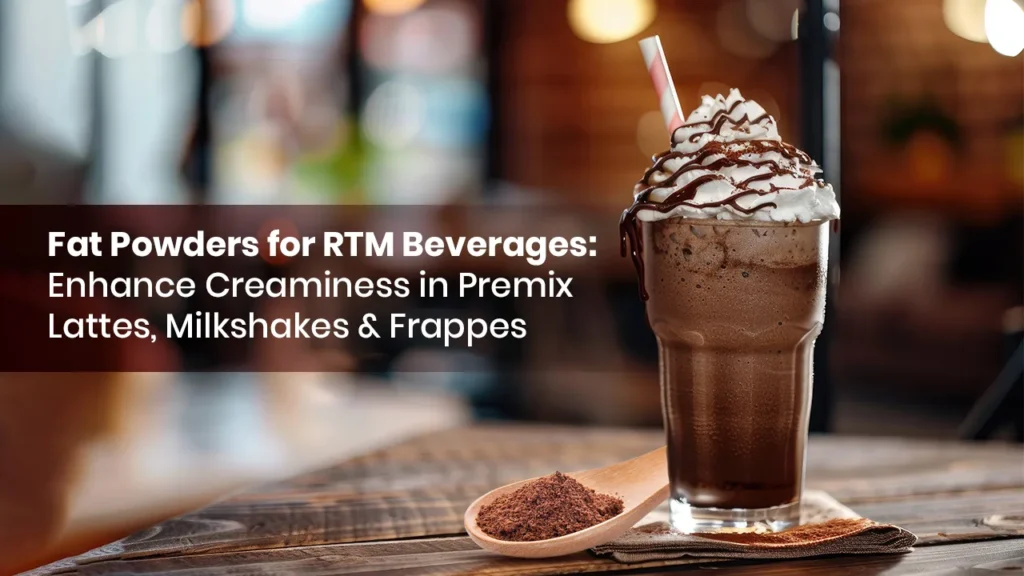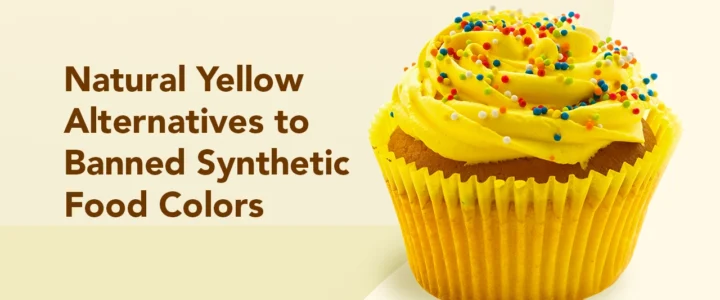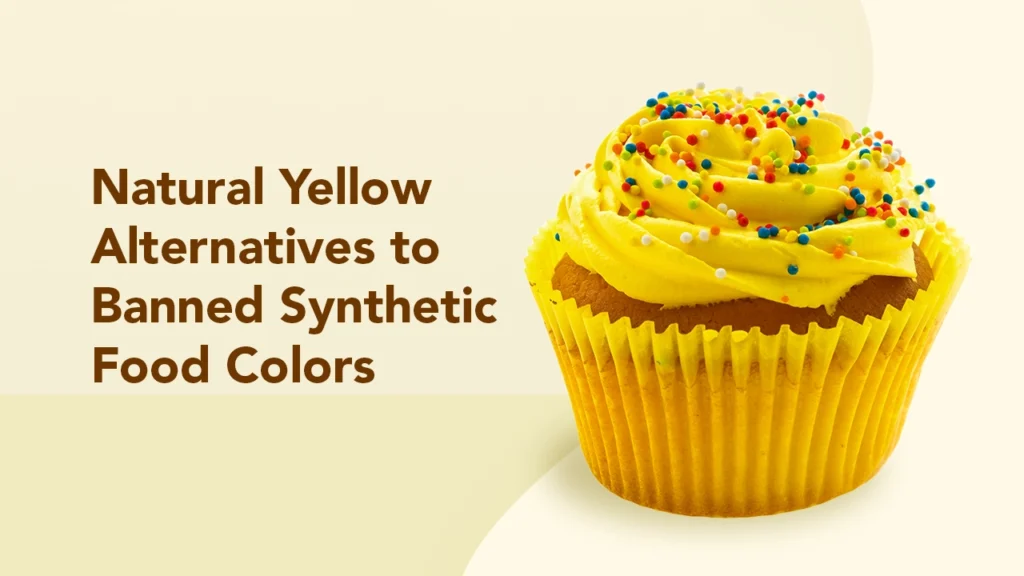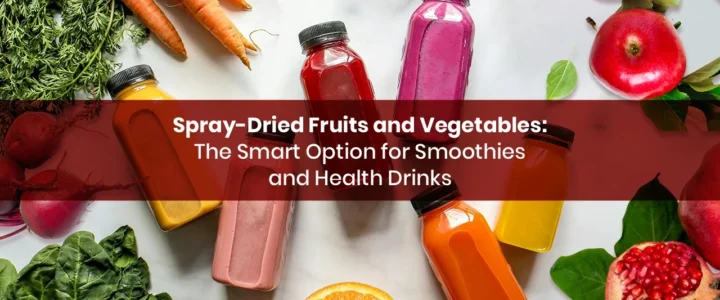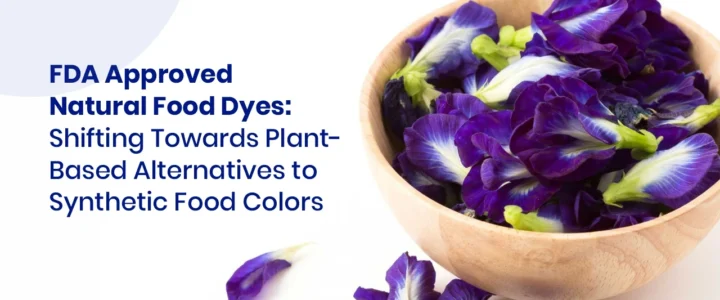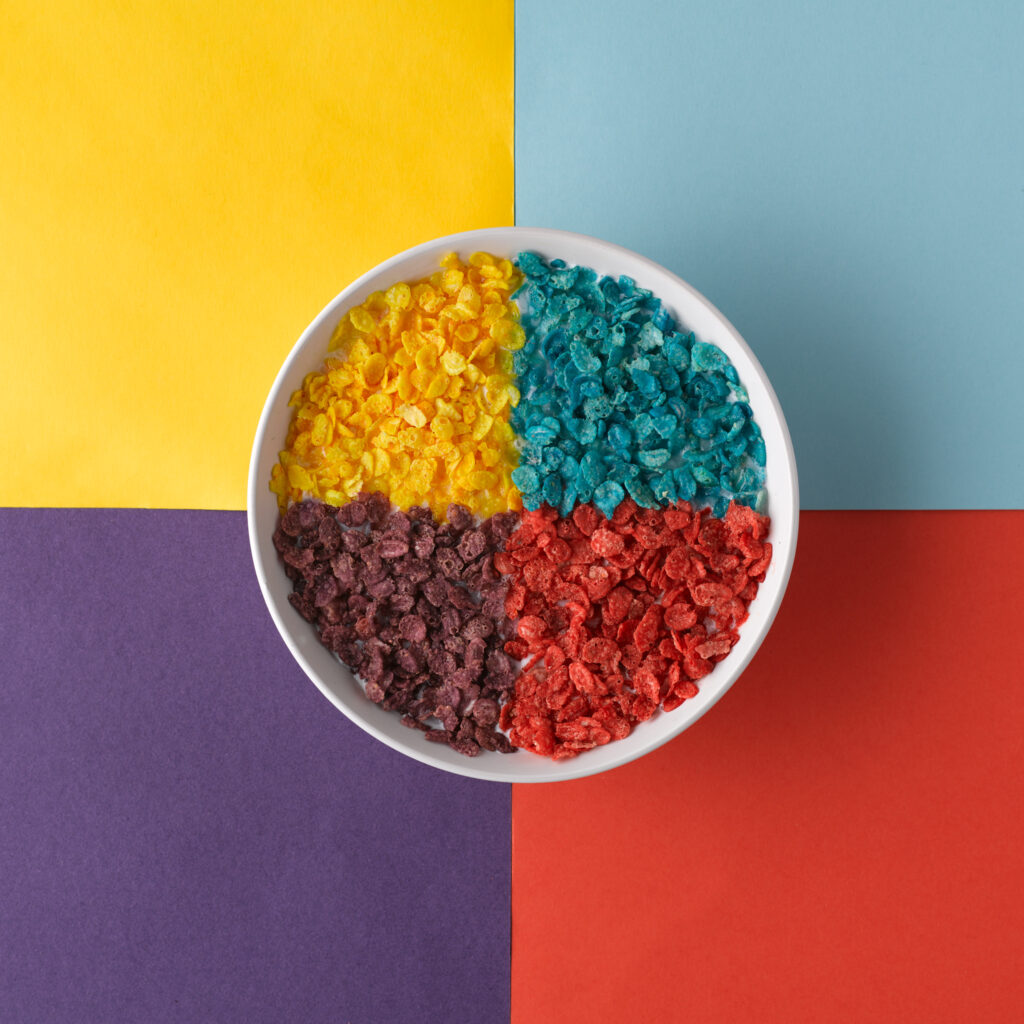Carmine Natural Color: A Versatile Red for Food and Beverages
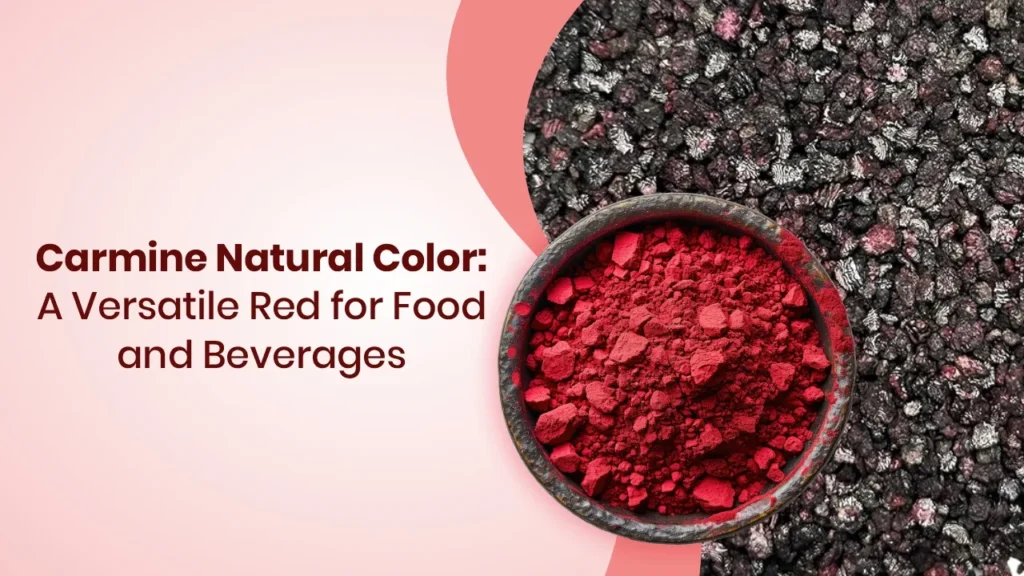
In today’s continuously changing landscape of food and beauty colorants, Carmine Natural Color is a time-trusted, top-of-the-line formulation for product manufacturers in need of a natural red food colour. Renowned for its good pigmentation, superior formulation stability, and extensive applications across industries, Carmine is still one of the go-to choices of product developers around the world. As the world continues to rise in demand for natural food coloring formulations.A Natural Red from Cochineal Insects.
Carmine is obtained from the cochineal insect (Dactylopius coccus), which is widely distributed in Central and South America. The insects live on cacti and secrete a red-colored pigment known as carminic acid, which is collected and purified for commercial purposes. This pigment is traditionally used in food coloring as well as in coloring textiles for centuries.
After processing, Carmine Natural Color (E120) is present in powder and liquid forms. It is used extensively by regulatory agencies in the food and cosmetic markets and is known as one of the most stable and efficient natural red dyes on the market.
A Versatile Shade Scale: From Pink to Deep Red
Carmine has a wide choice of red shades, ranging from pale pinks to strong crimson colors. Final color effect is determined by a number of factors such as product formulation, dosage, and processing conditions. In low pH applications, the pigment is inclined towards lighter pink-red shades, whereas in neutral or higher pH systems, it creates deeper and stronger reds.
This versatility renders Carmine a versatile natural colorant for various sets of visual effects in foods, drinks, and cosmetics.
Stability Across pH and Processing Conditions
One of the key strengths of Carmine Natural Color is its heat stability and pH variability. It can last in a pH of about 3 to 8, which means that it can be used with acidic foods as well as neutral matrices. Carmine is also resistant to frequent heat processes such as baking, boiling, and pasteurization so that the color is retained over product shelf life.
This strong stability renders Carmine suitable for processed foods and drinks that call for long-lasting, consistent coloration.
Applications of Carmine in Food, Beverages & Cosmetics
Carmine is applied in a broad range of applications such as:
Dairy products: flavored yogurts, milkshakes, ice creams
Bakery products: cakes, icings, fillings
Confectionery: hard candies, gummies, marshmallows
Beverages: syrups, cordials, juices
Nutraceuticals: chewable tablets, protein gummies
Cosmetics: lipsticks, blushes, eye makeup
Its high color strength and natural source make it a superior substitute for artificial red dyes like Erythrosine which was recently banned by the USFDA in food and can also be used in personal care applications.
Vinayak’s Know-How in Carmine Natural Color
At Vinayak Ingredients, we are experts in offering top-quality, application-specific Carmine Natural Color solutions. Our Carmine is available both in powder and liquid forms and is specially designed to perform well across various product categories. If you’re developing for dairy, bakery, beverages, or nutraceuticals, Vinayak guarantees color performance that’s vibrant, stable, and compliant.
Our R&D assistance and customer-specific tailoring establish us as a reliable business partner for companies wanting to enhance product attractiveness with natural food coloring. Our global regulatory compliance and traceability in the supply chain are also top priorities for all of our natural color products.
Need a Dependable Natural Red Food Colour?
Collaborate with Vinayak Ingredients for high-quality Carmine Natural Color solutions that provide stunning visuals, long-term stability, and consistent performance.

